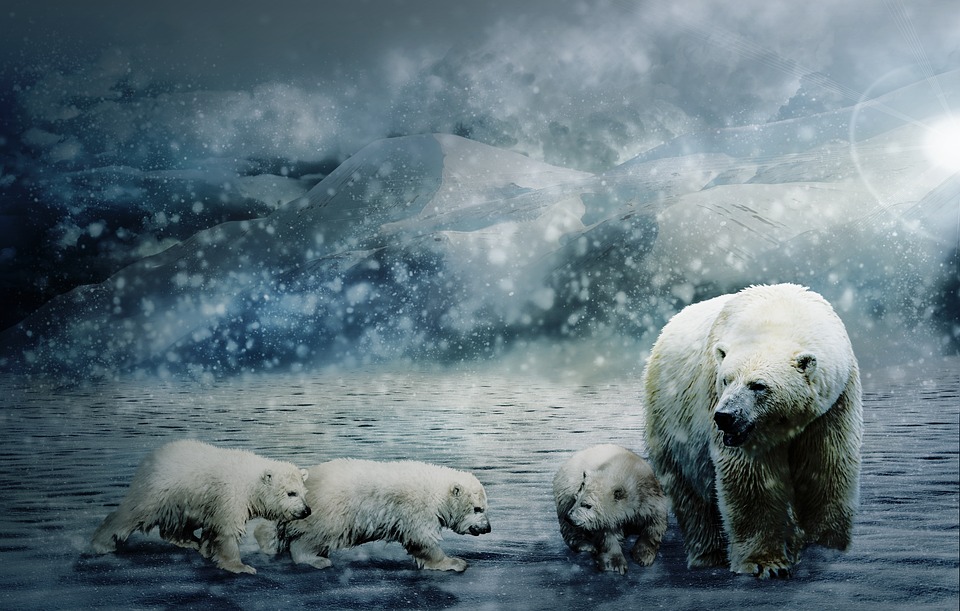Which Of The Following Best Describes The Earth’s Climate History?
The Earth’s climate history is a complex and varied one. It is difficult to pinpoint exactly which of the following best describes it, as climate change has occurred at varying rates over different periods and regions of the world. However, some general trends can be identified.
Earth’s Climate Has Varied Over Time
The Earth’s climate has changed significantly over the past 4.5 billion years. During this time, there have been periods of relatively warmer and cooler temperatures, as well as large fluctuations in sea level, atmospheric carbon dioxide levels, and other environmental factors. This variability has been driven by a combination of natural and human-caused factors.
The Last Million Years Have Seen Significant Climate Fluctuations
Over the past million years, the Earth’s climate has gone through several distinct phases. These have included long-term cooling trends (such as during the Ice Ages) and short-term warming episodes (such as the Holocene Climate Optimum). These fluctuations have been caused by a variety of factors, including changes in the Earth’s orbit, volcanic activity, and human activities.
The Last Century Has Seen Rapid Climate Change
The past century has seen unprecedented levels of climate change, with average global temperatures rising at an alarming rate. This rapid warming is largely due to human activities, such as burning fossil fuels and deforestation, which have caused atmospheric concentrations of heat-trapping greenhouse gases to rise.
Conclusion
In conclusion, it is difficult to pinpoint which of the following best describes the Earth’s climate history. However, it is clear that the Earth’s climate has varied significantly over time and that the past century has seen particularly rapid changes due to human activities.

Kyle Whyte is a notable scholar and professor at the University of Michigan, holding positions such as the George Willis Pack Professor in the School for Environment and Sustainability and Professor of Philosophy. Specializing in environmental justice, his work critically examines climate policy and Indigenous peoples’ ethics, emphasizing the nexus between cooperative scientific endeavors and Indigenous justice. As an enrolled Citizen Potawatomi Nation member, he brings a vital perspective to his roles as a U.S. Science Envoy and member of the White House Environmental Justice Advisory Council. His influential research is supported by various prestigious organizations including the National Science Foundation, and disseminated through publications in high-impact journals. Kyle actively contributes to global Indigenous research methodologies and education, with affiliations to numerous institutes and societies dedicated to traditional knowledge and sustainability. Recognized for his academic and community engagement, Kyle has earned multiple awards and served in various visiting professorships. His efforts extend to leadership positions on boards and committees focused on environmental justice nationwide.
